Revolving doors tracks that keep running. I may never stop nor may we have time to catch up. Glued to our social media screens, we watch around the clock. In the world of fashion design designers are struggling for new ways to communicate their ideas. Newness is no longer defined by aptitude, but by strategy. Success is dictated by followers, not by maverick design propositions. Novelty is but novelty. So what is left?
We must behave. We must find moments in which we embrace new voices. Even those voices, which at first, may be hard to follow. Remember first encounters. Words that were uttered, initial patterns drawn and naiveties applied. These small pieces say so much and should never be forgotten.
Keta Gutmane is an exceptionally talented and raw voice within fashion. Sincere, both in her work and in her approach to life. Her work speaks strongly to her self; reflective directly of her personality and sensibilities, and breathing the same life she does. It is simply her. Nothing more, nothing less. We caught up with Keta in order to discuss the current status quo of fashion, the importance of visuals, and her sane perspectives on artistic integrity.
Keta, in all its simplicity; what is home to you?
To me, home is a support point and a starting point, a place where someone/something is always waiting for me. It keeps me grounded. Home is Latvia.
As a youngster, what made you pursue a creative path?
One of the most important things here has been my curiosity and inner restlessness; my need to be alive, the whole process of living. I always try and check myself to make sure everything is really possible and achievable. Next to this, I am also profoundly inspired by those courageous ones who have achieved their goals. Those few people that moved human processes, to make this world better and smarter. Nevertheless, I feel I need to form my own language.
Your atelier: your creative foundation. What is this space?
As a designer, I have enormous respect for classical tailoring and it’s traditions. This is why all our prototyping takes place in-house in our studio. When making collections, I rely on the same knowledge as I carry it on in my everyday work. I take the “correct” way as the basis but apply my own elements of deconstruction and detailing to create a contemporary feel of classic garments that are easily wearable every day.
Also, the people I work with are extremely important. We are a small team of four and have created our own system. We understand each other and work for common goals. In our work we use classic tailoring as a basis, so one item has many fittings and corrections. We work with many mock-ups until we are fully satisfied with the result. Making a collection is a long journey but the process makes us deeply understand how garments and details are made and what their functions really are.
Keta would not be Keta if it was not for…
My platinum blonde hair. I simply cannot imagine myself with dark hair!
What would you say defines the world of Gutmane?
It is really hard to define myself. I do not like definitions as a way of labeling something. It is others who need to find such definitions. The polite manner of working, you mentioned when we spoke, is very important to me. It is about the respect of entering a new field, the industry of fashion and I have a lot of respect towards its players, traditions and history. I do not feel very confident to go and kick doors open, instead I am rather observant. This has to do with reflection and taking my time. I feel it is too early yet to be overly loud, I need to walk the line a bit so I can look back after a while and evaluate. To find out what is what, what I stand for, and why. The vividness you feel, comes from my encounters with the spheres that interest me, this keeps up a sense of curiosity with regards to my surroundings.
Texture, surface studies, modulation and quality are elements important to your collections. How would you explain the silhouettes you propose?
As a designer, I am fascinated by free and independent women, so in my designs I am interested in creating a strong characters to represents the image of an independent woman. I want women’s wardrobes to have a different character, one that is stronger and more laconic or short-spoken, so that clothes do not dominate but instead compliment the individual. In this winter collection, I am trying to strike a balance between men’s and women’s attire by borrowing classic men’s framework. The shape of a classic men’s blazer intrigues me because of its pragmatic silhouette and it’s timeless functionality. By rephrasing and mixing this piece into women’s attire, its functionality and purity in design are emphasized, declining all ill-reasoned excessive details.
At the same time, the charisma and mild nature of a woman are not lost. This mixture can be achieved with fabrics, so in each collection the textiles and contrasting fabric textures are very important. Interplay between the male pragmatics and the contrasting nature of women is created by the rich and contrasting multitude of fabrics. The materials are feminine and appreciate a woman’s body. I enjoy how the fabrics play on bodies and break the masculinity. I use a mostly monochrome palette with black but also navy blue, some contrasting white and also hints of pinstripe.
The images you develop also mark a big desire to communicate beyond your countries’ borders. Could you tell me about your Fall/Winter 2016 campaign?
The AW16/17 garments have a rather intimate source of inspiration—this is a homage to my mother. There are situations in life that provoke some memories, like her strong personality and friends plus the people who came to hang out in our place, their lifestyle and the values of people back then. All of this was strongly dominated by the aesthetics of the Soviet Union, the mix between wanting to belong to the West yet totally living the Soviet era. This was a lively time and the interiors were dominated by brown floors and standard sequential furniture. Everyone was waiting and hoping for some non-existent better times and conditions.
The collection researches uniformity and the rather mundane lack of composure of the 1980s. It serves as a reminder of those brave women, donning boyish silhouettes, marching along the streets, keeping their households running. In a sense, they are liberated, freed from all restraints, standing up and rebelling against the establishment. I see parallels with today’s contemporary scene where, by copying and quoting each other, everyone has somehow become individualists. This all gets all mixed up so it’s hard to understand what is real and what is fake. Creativity and humanism have got lost somewhere in there and a new era of change and new anticipation has arrived.
To speak of today’s volatility,what is happening?
As I mentioned, I truly belong to the 1990’s generation that had a specific Eastern European filter. This was a genre I wanted to free myself from. It was probably a path of finding my own survival formula in the situation which provoked me as a creative to think about what one’s voice can be like, how to express myself.
My roots start from my past, from the scene of artists and alternative punks I grew up with. I feel that today when subcultures are disappearing and youngsters don’t know any more what subcultures are, when people are just sitting in cafes and chat in Facebook, talking about their careers, the reality is changing….… So we constantly need to build new platforms, we need to share. This is the era of large corporations. These different realities and experiences train my thinking and hopefully enhance my creativity.
You are a keen observer of art and performance arts. What particular moments triggered you?
I was triggered by the wish to be an individual. My friends and the scene around me, both were bold and proposed crazy ideas. We wanted to break the rules -to cut some jackets open and to pour oil color on clothes. We wanted to make something that would look different, to make some different music. This was a protest – a way of finding myself. I was trying to understand how to break the rules and when understanding the systematic ways, you can invent your own ways and foster change. I wanted creative expression. I remember an event that I wanted to go to – there were no more invitations left so the only chance to see it was to sign up as a backstage model dresser, which I did.
At this time, I did not know much about fashion back then, but somehow a foreign designer called Pierre Cardin, suddenly showed up. He comes from a Soviet environment that had altogether different rules. I got the chance to touch the fabrics, textures, see the shapes, to enjoy the backstage buzz of a catwalk. Cardin was quite futuristic back then, he did some avant-garde theatre fashion which showed me that fashion can serve as a sharp language of expression. Years later, when clothes truly started to interest me, I started exploring the phenomenon of anti-fashion, Japanese designers and the Antwerp Six. This confirmed that apparel and personal style can serve as a powerful tool, as a language if you will.
We are all speaking of the changes needed in this industry of ours. Speed, reflection, a call for pauses,-season-less collections, the list is endless. What is your take on fashion today?
Change is needed. Everything is too commercial, easy, and simple. It is very hard to oppose the consumption and the fast, careless choices. People are no longer interested in the creation processes. There are too many voices in the creative industries that rise too quickly and die too quickly.
I do not want large conglomerates to dictate everything. This is not interesting; there is no point of doing anything then. I am all for independence. The designer can come from an unknown location, may have a different cultural/historic background, but the fact they appear into the international fashion scene proves that it is possible to make the fashion environment much more personal and interesting and gives the chance of anyone having a voice.
The mass production of clothes is a misfortune. That industry has changed the fashion world forever. Imagine those third world workers that sew just one seam every day, who receive a ridiculously tiny salary, it’s crazy! Mass consumption has gone so far that the values of fashion have disappeared. The fashion process is a careful and thorough one – people in production deserve respect and to be treated like a human.We need change in consciousness. We need to slow down. We need to limit our wishes. My approach is to have a small wardrobe with quality garments only. You don’t need those twenty tee shirts with flower prints!
Letus end, with a question, I think you have been asked before. What words of advice or consolidation could you offer, to new graduates that wish to break the molds?
You need to be honest to yourself.Feel that you really have the strong voice, and note the impact are you able to leave on society. It is really important to create your own signature style. Creativity is very important, but it is missing from the overall scene. People demand the simple stuff. You definitely need to see the industry from inside before starting your own label. Go work with a brand and see how it all works. You cannot change anything if you do not know the rules. And do not hurry with making your own brand.
—
All images shot on location, in Riga, Latvia.
Photography: Martins Cirulis
Art Director: Marlo Saalmink
Garments: all Keta Gutmane
Shoes: all The Last Conspiracy
Model: Liene Podina
For more: www.ketagutmane.com




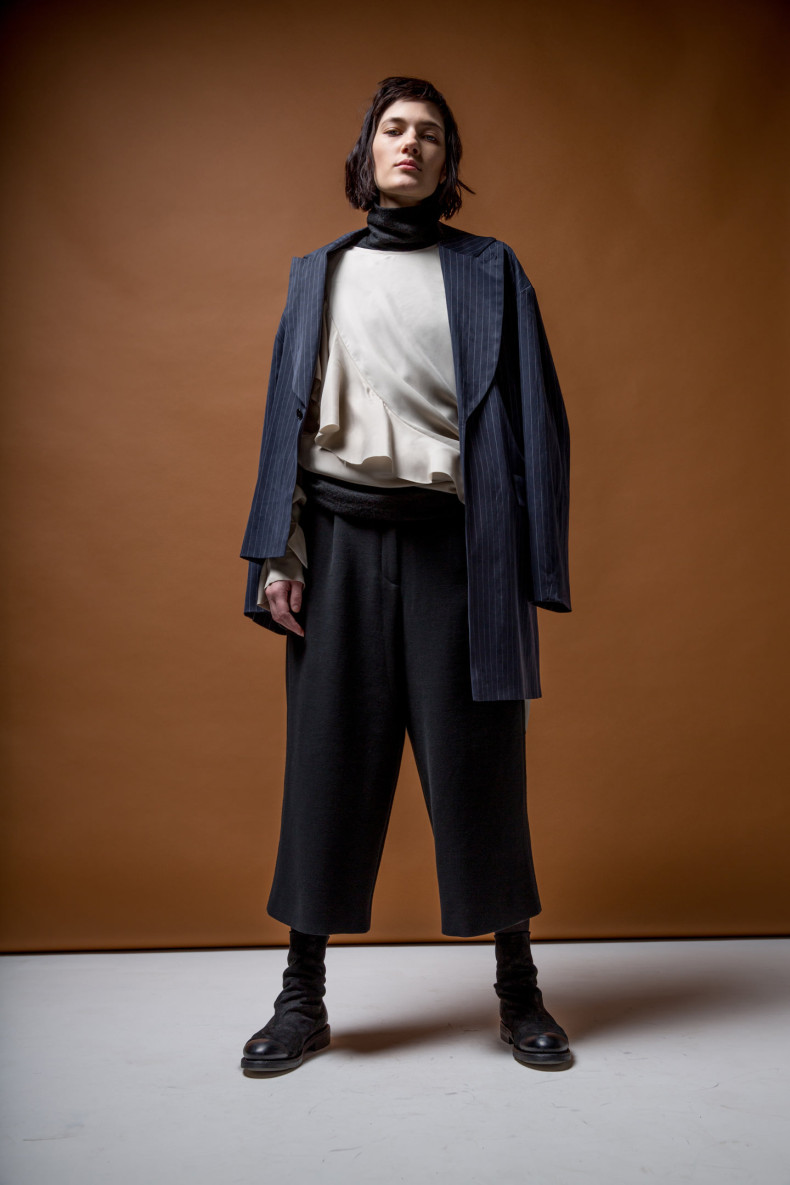


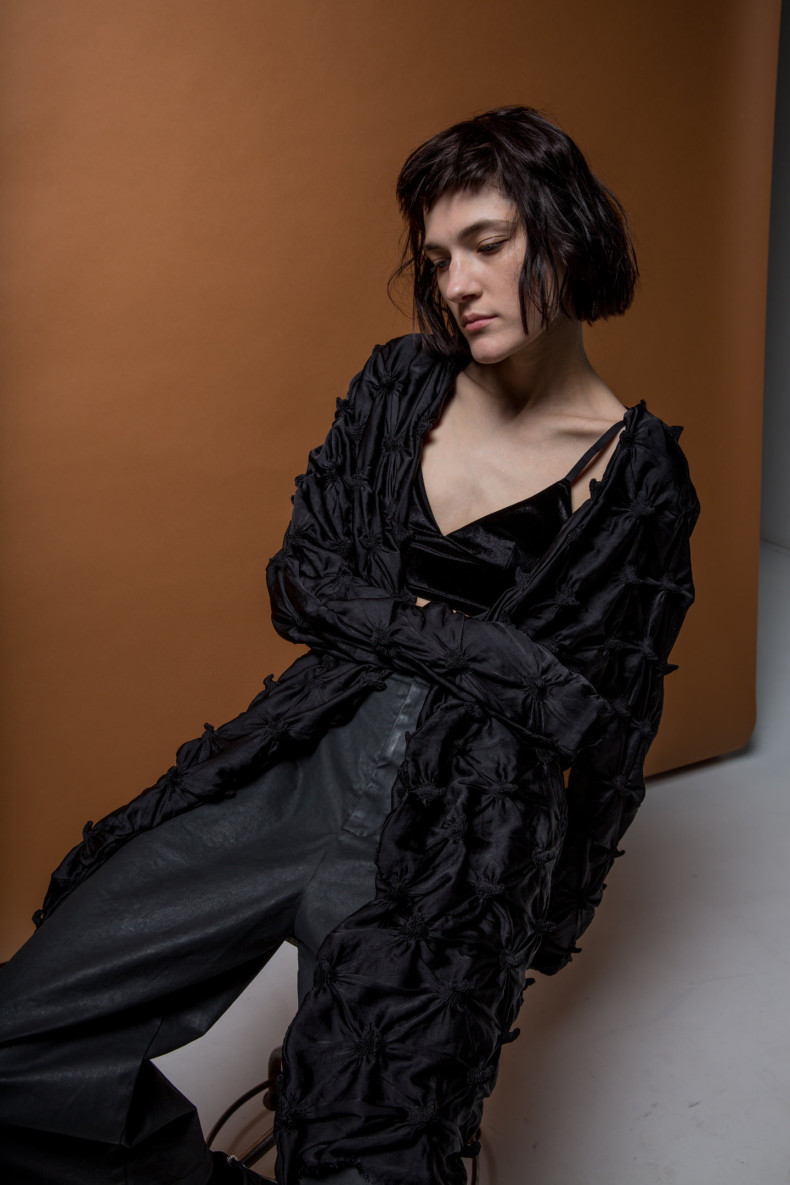

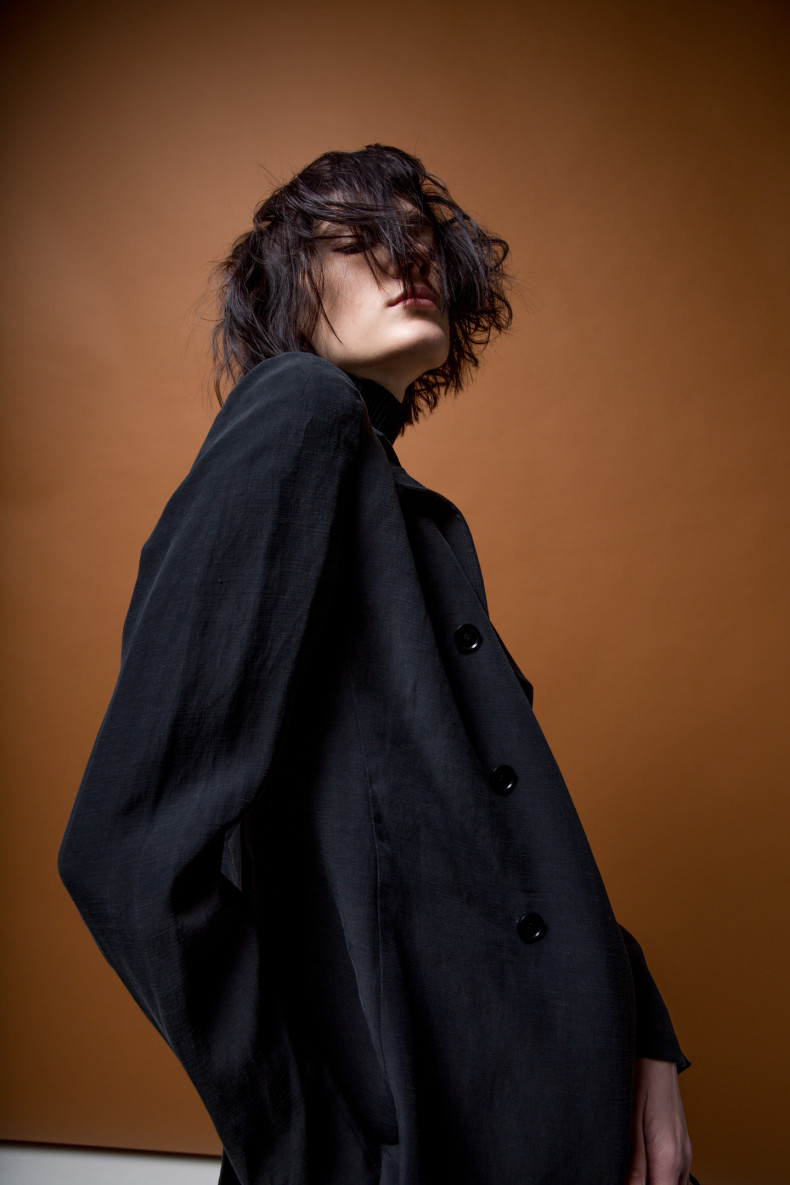
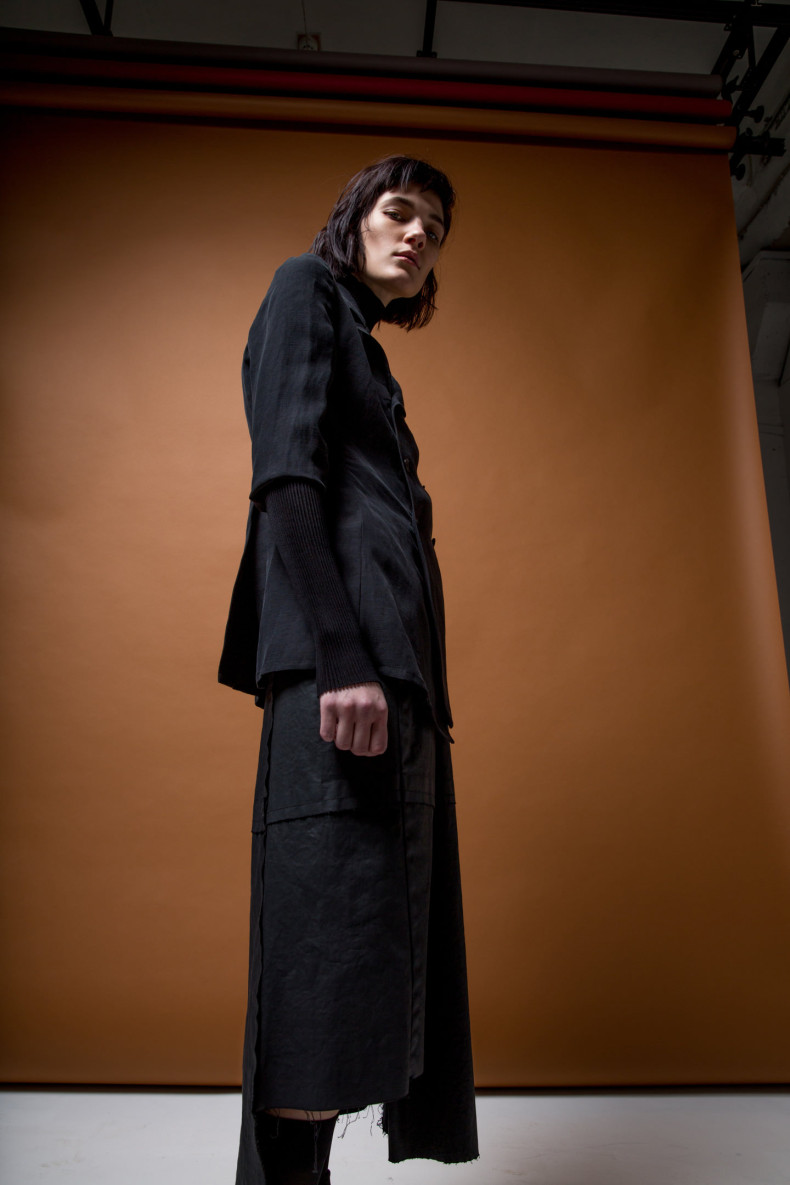




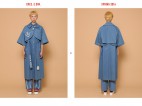


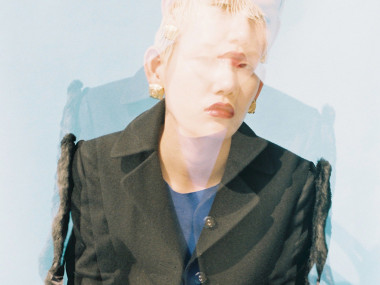
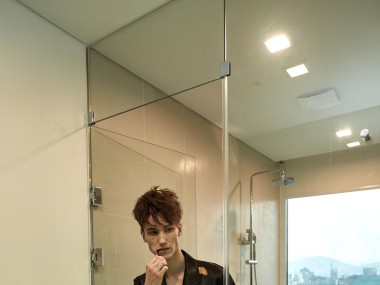
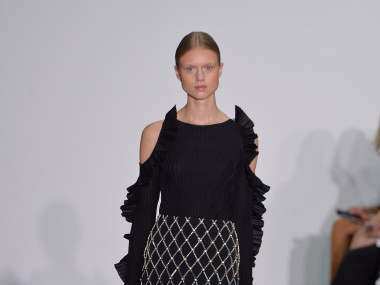
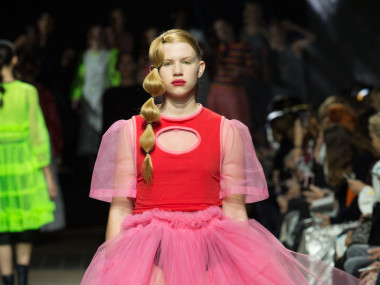

Comments